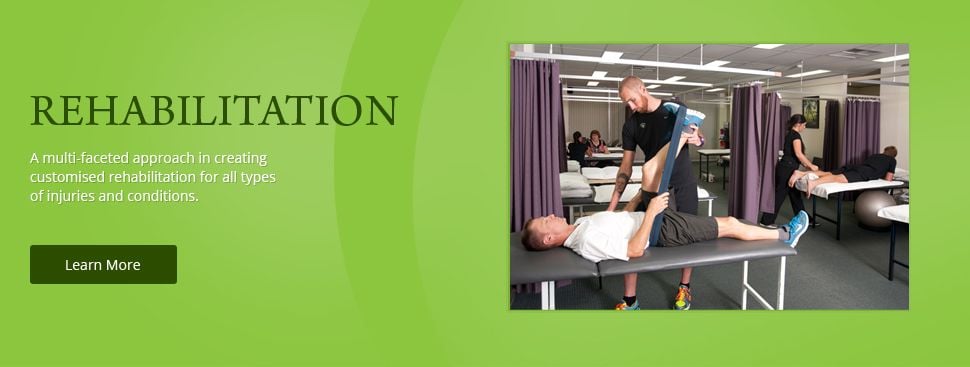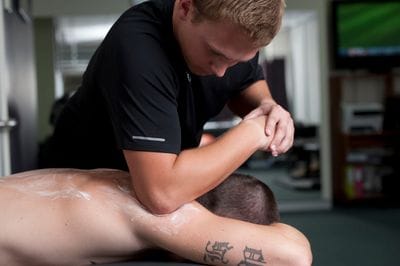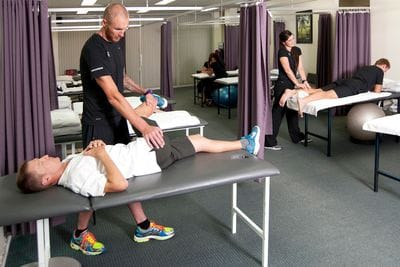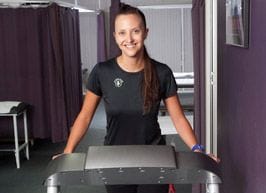Exercise Physiology
Individualised and structured exercise programs, specialised in return from injury, athletes or individuals wanting to improve performance, strength, power, speed, endurance, flexibility and/or overall lifestyle.

Tennis Elbow
What is Tennis Elbow?
Tennis elbow (lateral epicondylitis) is a common injury involving degeneration of the tendon on the outside of our elbow (lateral epicondyle) that attaches our wrist extensor muscles. This degeneration is caused by repetitive stress/overuse and leads to pain and discomfort felt at the elbow. Degeneration of the tendon causes a reduction in tendon strength, making you more susceptible to aggravation with everyday movements.
This condition is similar to Golfer's Elbow (medial epicondylitis) which is felt at the medial epicondyle on the inside of the elbow.
Common Causes
Common causes of tennis elbow include:
- Excessive hand use e.g. typing, hammering etc.
- Gripping and wringing activities
- Weak forearm extensor muscles/ tightness
- Poor technique
Despite common belief that the pain is caused by inflammation, studies have shown otherwise. There are not actually any inflammatory cells present in tennis elbow, explaining why NSAIDs (anti-inflammatory medications) usually do not relieve the pain. Try taking a simple analgesic such as panadol as this may offer more relief.
How is Tennis Elbow Diagnosed?
Tennis elbow is clinically diagnosed by a qualified physiotherapist. They will listen to the history of the injury and conduct a range of clinical tests to accurately identify the condition.
An ultrasound or MRI can also confirm the condition as well as any possible tears in the tendon.
Tennis Elbow Treatment
Physiotherapy has been shown to be effective for the treatment of tennis elbow. Treatment should be focussed on strengthening the extensor tendon and surrounding musculature. This will therefore aim to reduce symptoms and allow return to normal activity. Research shows that specific types of strength training called isometric and eccentric training can stimulate collagen deposition and maximise tendon strength. An exercise program that is both individualised and progressive will produce the best outcome.
How long will it take to see results?
Unfortunately, due to the nature of the condition it can take up to 6-12 weeks before seeing any improvement, although tennis elbow can take up to 6-12 months to heal.


)
)
)




